Bengali is the origin of the name ‘Rupchanda.’ Rupchanda is known as Chinese pomfret in English. It is a member of the pomfret family. Other names around the world also know it. With an average length of 22 cm and a maximum length of 45 cm, they feed on soft, small invertebrates. It weighs about 500 grams on average. With its forked tail and flattened body, the Rupchanda looks like a Pomfret. The most effective way to catch them is with gillnets and trawlnets. In the market, dried Rupchanda is in high demand.
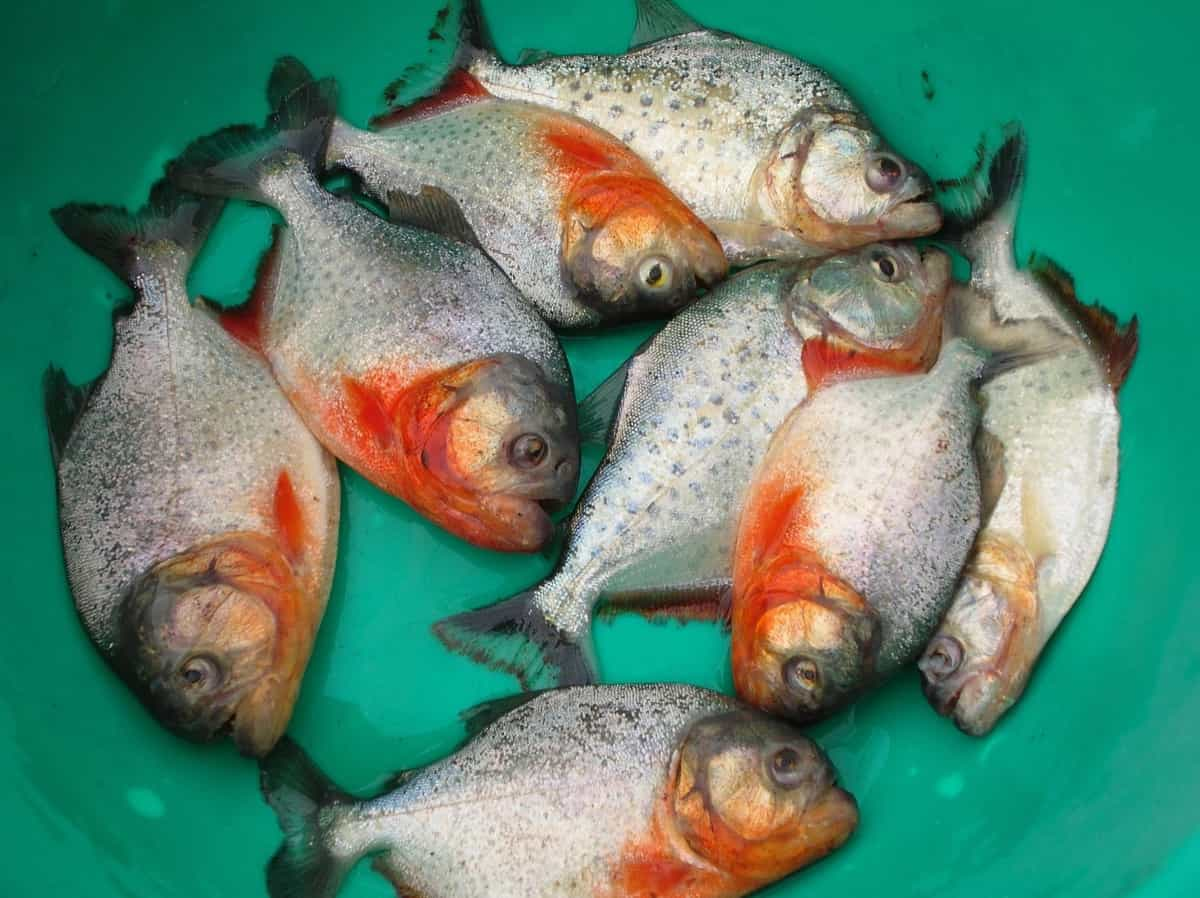
The Rupchanda or Chinese Pomfrets are found in the muddy bottom near the sea coasts where the water depth is about 100 m. Generally, they move in groups. However, sometimes they are found in estuarine brackish water. There is a high demand for Rupchanda in two Asian countries – China and India. Furthermore, if we talk about India, Rupchanda is consumed mostly by the people of West Bengal. It is abundantly found in the seawater of India. Due to this, the fish prices are extremely low compared to the other fishes.
Scope of starting Rupchanda fish farming in India
The scope of pomfret farming in India is significant as the demand for this fish is high in the domestic and international markets. Recently, the Indian government has implemented various initiatives and schemes to promote Rupchanda farming in the country. Consequently, India has become one of the world’s largest producers and exporters of fish, including Rupchanda and other species. In addition, the government’s efforts to develop the infrastructure and facilities for pomfret farming, as well as the availability of suitable coastal areas for fish farming, have also contributed to the growth of this industry in India.
How to start Rupchanda fish farming in India
Research the market
It is very important to research the market demand for pomfret in your region before starting a Rupchanda farming business. Before starting a pomfret farming business, you can conduct surveys or consult with local fish retailers and restaurants to determine the market demand for pomfret in your area. If you have decided to start a pomfret farming business in your area, it is very important to do market research first. Again, surveys or consultations with local seafood retailers and restaurants can help you determine this.
Calculate the cost
Two types of capital investments can be made in the fish farming business. A fixed capital cost is one of them, and an operating cost is another. It is a fixed capital cost that entails the design and construction of ponds, land & buildings, plumbing arrangements, vehicles for transport, oxygen meters, several tanks, and so on.
An operation’s costs include the following: fingerlings or fish eggs, electricity, fish feed, labor, fuel, medicine, chemicals, insurance, taxation, telephone, transportation, and other costs associated with operation and maintenance. Before starting the business, you must prepare a detailed cost calculation for your fish farming project. Based on the total land area and your desired output, the calculations will vary based on the total area of the land.
In case you missed it: How This Farmer Earned 5 Lakhs from Fish and Prawn Mixed Farming: A Success Story of an Aqua Farmer in India
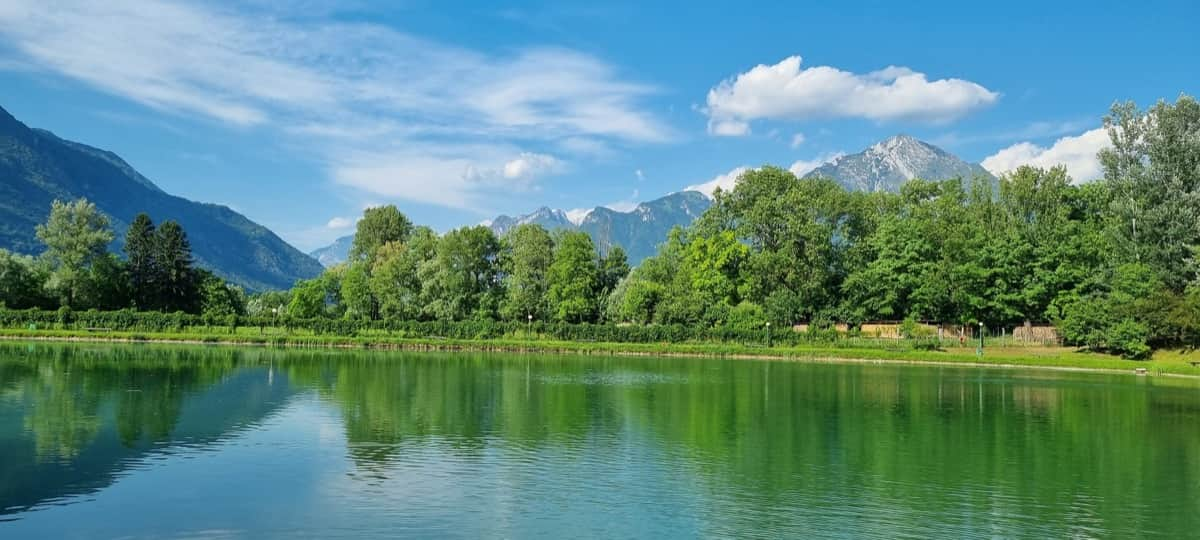
Choose the right location
Rupchanda fish businesses succeed when they choose the right location. The site chosen must provide a good water supply throughout the year, and the soil must retain water well. Three types of factors can be considered when selecting a site:
Biological factors
Biological factors are considered when selecting fish species for cultural purposes. When establishing a fish farm, it is important to consider the seed source, variety, type of culture, species, etc.
Ecological factors
- Building fish farming ponds requires consideration of climate, soil, water, and topography.
- The soil needs to be able to contain water in a pond. In other words, it must be capable of retaining water well.
- Take a handful of soil in a wet hand and squeeze it. The soil is suitable for establishing a pond if it retains its shape after opening the palms.
- It is advisable to avoid rocky, limestone, and sandy soils because they cannot retain water.
- The best soils for pond construction are loamy, clayey, and silty.
- There must be no more than 10% gravel if present.
- In the case of acidic or alkaline water, appropriate corrections must be made.
- Ponds must be constructed near natural water bodies like ponds or rivers. In any case, it should not be located in an area prone to flooding.
- Another factor is water salinity, as not all fish can tolerate it.
- Engineering ponds require knowledge of land topography. Therefore, areas that are flood-prone should be avoided, have poor rainfall, have electricity poles, or have densely rooted vegetation should be avoided.
Social factors
- Rupchanda farming requires a location with access to clean and saline water. It would help if you also considered the availability of infrastructures such as electricity, roads, and transportation.
- Considering social factors while starting a fish business may sound paradoxical. This is, however, important since the place’s tradition and culture must be considered. This would ensure acceptance of the farm by the locales and no legal issues.
Obtain necessary licenses and permits
To start pomfret farming, you must obtain various licenses and permits from the local fisheries department. This includes a license for aquaculture, a permit for water extraction, and clearance from the pollution control board.
Select the right and healthy breed
Choosing the right breed for your farming location and market demand is essential. To start pomfret farming, you must source the fish fry from a reputable hatchery. The fish should be healthy and the right size for your fish farm.
In case you missed it: How to Grow Herbs in Aquaponics: Best Fish and Herbs for Creating Your Sustainable Aquaponic Garden
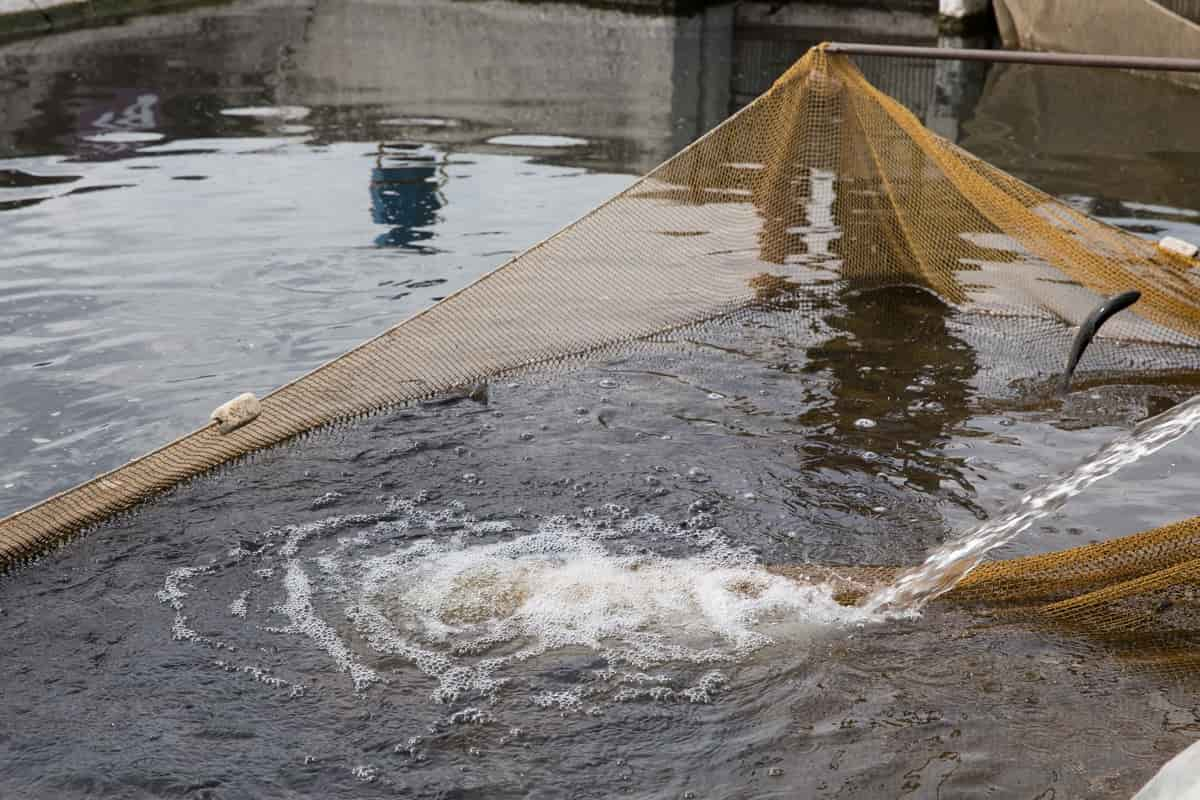
Set up the fish farm
You can set it up as soon as you have selected the location and breed of fish for your fish farm. It involves the construction of fish tanks or ponds, the installation of aeration systems, and the preparation of the water for fish culture. Any fish farming business relies heavily on the proper preparation of the ponds. Getting the pond ready for fish production is an important process that directly affects the quality of the fish. Without the construction of a well-prepared pond, fish farming will not be able to be established or run efficiently.
The construction of a fish farm is not always necessary, and a small pond or lake can be used instead. Man-made facilities are designed to control every aspect of raising aquatic life, however, and many are highly technological. These farming structures are designed to minimize the possibility of outside factors such as contaminants and predators while creating an environment where fish will thrive. The below factors need to be considered while preparing a pond.
Soil sampling
It is important to test the soil before proceeding with the rest of the process. During the sampling process, samples are taken from the bottoms of the ponds and dikes. The pH of the solution and the organic matter content of the solution is generally tested. pH is important in determining how much lime needs to be added to the water later in the process. Therefore, taking a soil sample when creating a new pond is very important, which is why it is of the utmost importance.
De-mudding
A very important step in preparing a pond is the process of de-mudding the pond we wish to prepare. When the term “de-mud” is used, it refers to removing mud from a pond we want to use. A primary objective of de-mudding is to improve the water’s suitability for fish production. The simplest method of de-mudding a pond is to remove the mud from the pond by scooping it out. We can deepen our pond instead of de-mudding it, which is the ideal alternative if we want to keep larger fish in it.
Make the dike of the pond taller
In most cases, during the rainy season for most ponds, the main problem is that floods can carry away the fish from the pond during the rainy season. It is, therefore, necessary to build a taller embankment or dike if the pond is close to a river or stream. Ideally, it should be at least 2 to 3 feet above the level of the pond’s deepest part. When digging or de-mudding, it is possible to accomplish this easily and automatically as you dig. It is possible to build taller dikes using the sand excavated during the de-mudding/digging process. Dikes and embankments can be raised with the use of sandbags as well.
In case you missed it: A Guide to Understand Biofloc Fish Farming: Check How this Guide Helps Fish Farmers
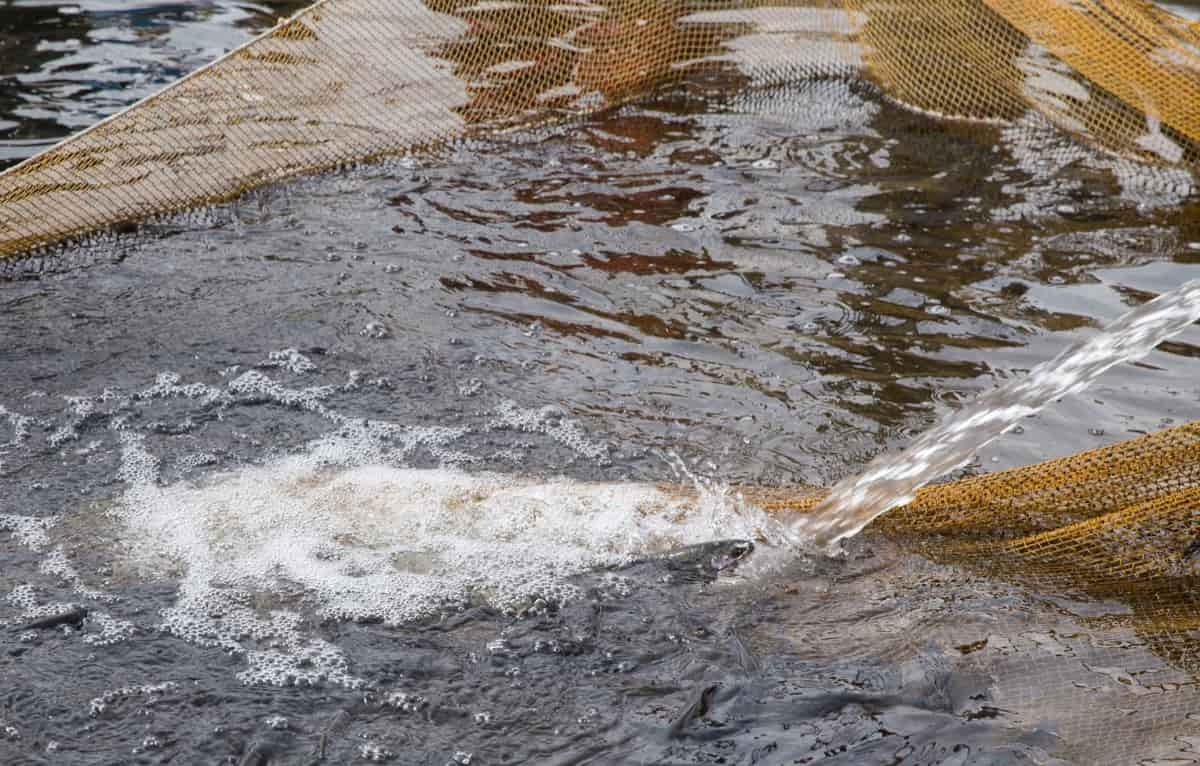
Water Requirements
It is native to tropical freshwater ecosystems throughout the world. The survival of this species needs to have access to fresh water. Hence, a good filtration system and an algae-free water conditioner should be present to grow these fish on an aquaponics farm.
Efficient inlet and outlet system
Pond systems require an efficient inlet and outlet system to function properly. In many cases, this takes the form of a pipe through which water is pumped into and out of the system. Ideally, the entrance system of a pond should be higher than the output system to maximize water flow. The inlet and outlet systems prevent the pond from overflowing during heavy rain or a minor flood. This greatly benefits the appropriate management of water quality.
pH and Water Quality
The water quality in aquaponic systems must be maintained at a stable pH level of 6.5-7.5 for 24 hours. A change in the pH level, about 0.1 units, will cause fish mortalities. High ammonia levels can also affect the silver pomfrets’ growth rate, and their mortality rate is higher when they live under high ammonia levels.
Water Temperature
A warm temperature range of 20-24°C is needed to grow Rupchanda. The temperature should be kept stable and not fluctuate across the farm area because it will affect the growth rate of this fish.
Lighting
Lighting is essential for the growth of the silver pomfret. Therefore, the light intensity should be maintained at 6-8 hours daily. A higher intensity will increase this fish’s growth rate, and a lower intensity may cause a mortality rate. Therefore, you must maintain constant lighting to ensure the proper growth of silver pomfrets to feed on your aquaponic farm.
In case you missed it: A Guide to Understand RAS Fish Farming: Check How this Helps Beginners
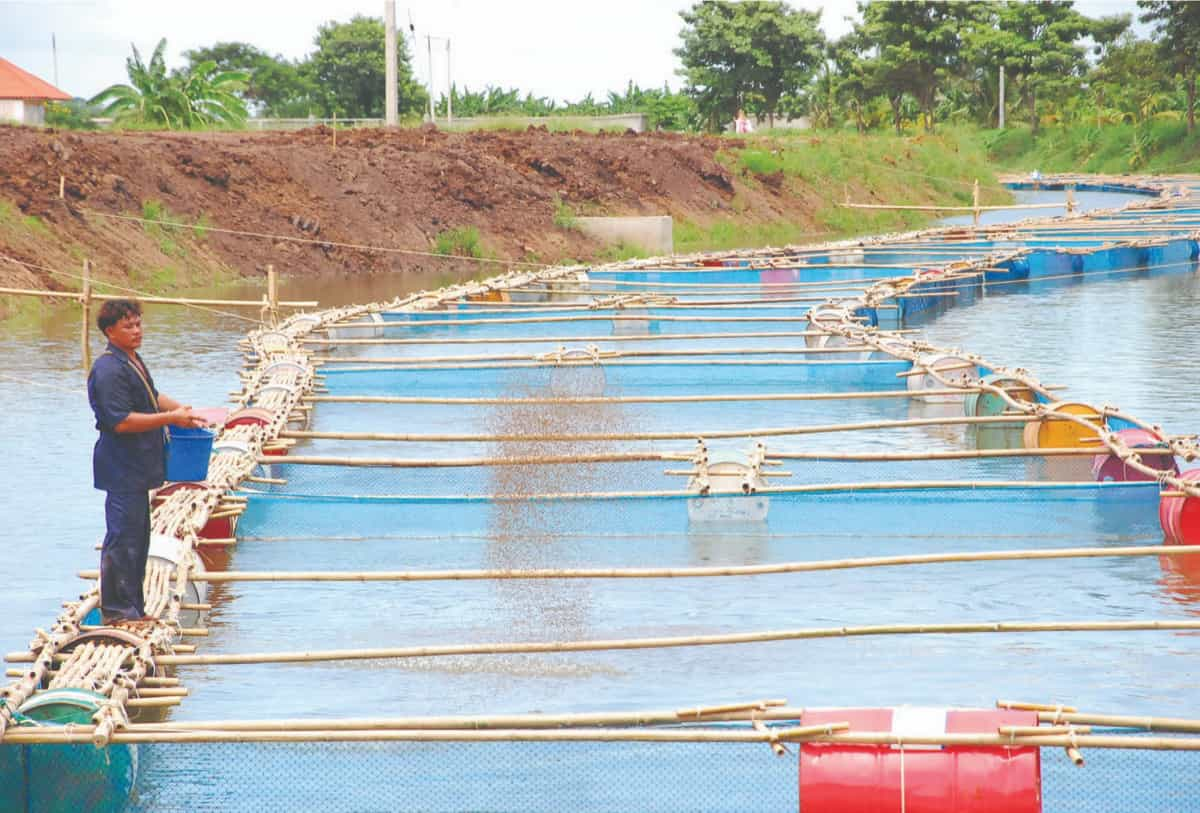
Feed for Rupchanda fish in aquaculture
It is essential to provide balanced nutrition feed for fish in aquaculture to keep them healthy. It is also said that the healthy feed we provide the fish, the healthier it is for human consumption. Due to the advancement of Aquaculture, aqua farmers can get a variety of fish feed with the proper nutritional benefits the fish require. Feed quantity and the type of feed also vary from species to species.
- Floating fish feed: Floating fish feed is comparatively expensive. This fish feed floats on water, and the fish need to come up to the surface to eat the feed so that the aqua farmers can also check the growth rate of the fish daily and monitor it. We can also adjust the time to float by adjusting the puffing level
- Sinking fish feed: This feed is low in cost and economical for all farmers. It stays in the water for about an hour and later settles down at the bottom. However, there is no nutritional difference between the feeds.
It is essential to provide them with a balanced diet and regular maintenance to ensure the growth and health of the Rupchanda. This includes regular cleaning of the tanks or ponds, monitoring the water quality, and providing the right feed and supplements. The Rupchanda fish feeds itself by biting off pieces of food from other fishes. Therefore, you can provide a variety of foods for them to feed on. It is suitable to feed the Rupchanda fish with pellets made of wheat, soybean meal, and other fish meal.
Harvest and sell the fish
Once the Rupchanda fish reach the right size and weight, they can be harvested and sold to local retailers and restaurants. Following proper harvesting and handling techniques is essential to ensure the fish’s quality.
Monitor and adapt
The success of your Rupchanda fish farming business will depend on your ability to monitor and adapt to changing market conditions and environmental factors. This may involve introducing new breeds, adjusting the feeding and maintenance practices, and expanding the farm as needed.
Rupchanda fish benefits
One of the most common and high-consumption fish among the locals is the Rupchanda. There are several ways in which people cook and serve them as a way to eat them. Knowing the benefits of Rupchanda fish will make you more likely to choose it as a meal option.
- Rupchanda fish is fatty and contains a high amount of Omega-3 polyunsaturated fatty acids, contributing to its health benefits. It is important to note that omega-3 is essential for improving the function of the body, in particular the brain. Furthermore, omega-3 fatty acids reduce cholesterol, reducing the risk of heart disease.
- High protein and vitamin D are found in fatty fish such as Rupchanda. There is a very tiny amount of vitamin D in foods; this vitamin comes mostly from the sun’s exposure to the body; many foods do not provide this vitamin. However, Rupchanda fish is one of the few food sources that contain a significant amount of Vitamin D.
- Protein is an essential nutrient that the body needs to function properly. It builds bones, muscles, cartilage, and skin and plays a specific role in developing these structures. Moreover, it has several benefits, including the ability to repair tissues; it helps improve digestion by making enzymes; hormone regulation is also associated with proteins; and more.
In case you missed it: Fish Farming Loan in India – How to Get/Apply, Banks, Interest Rate, Documents, and NABARD
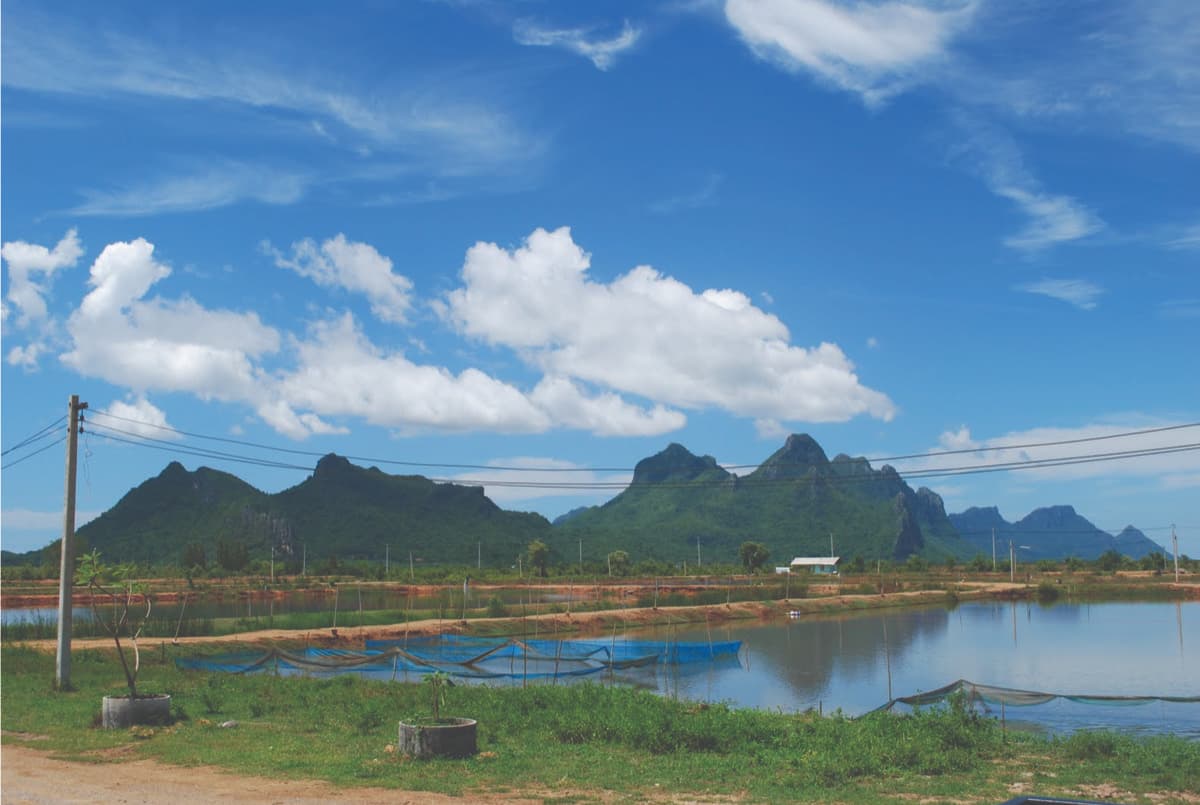
- The Rupchanda fish is also a good source of minerals such as iron and magnesium. Magnesium is important in maintaining and improving enzyme activity, which has a direct impact on the digestion process. An essential component of hematopoiesis (the process of making blood cells) is iron
- Besides being a good source of nutrients, Roochand fish is also a good source of antioxidants, such as selenium, zinc, and vitamin E. The consumption of antioxidants is one of the most important elements of a healthy diet, which helps to prevent the cells from being damaged by pollution and other harmful pathogens that can harm them.
Conclusion
The Silver Pomfret Fish Farming business is good as it can grow in number extremely fast and provide a higher income if sold at its prime time. You can grow silver pomfret in an aquaponics system using the best method. You can set up an aquaponics system with the help of a fish tank and a hydroponic setup. The fish farming business can start with small-sized 100 Liter tanks and gradually increase the water capacity by adding more fish.
- Types of Pesticides Used in Agriculture: A Beginner’s Guide
- Economical Aquaculture: A Guide to Low-Budget Fish Farming
- 15 Common Planting Errors That Can Doom Your Fruit Trees
- How to Make Houseplants Bushy: Effective Tips and Ideas
- Innovative Strategies for Boosting Coconut Pollination and Yield
- Pollination Strategies for Maximum Pumpkin Yield
- The Complete Guide to Chicken Fattening: Strategies for Maximum Growth
- Natural Solutions for Tulip Problems: 100% Effective Remedies for Leaf and Bulb-Related Issues
- Revolutionizing Citrus Preservation: Towards a Healthier, Greener Future
- Natural Solutions for Peony Leaf and Flower Problems: 100% Effective Remedies
- Maximizing Profits with Avocado Contract Farming in India: A Comprehensive Guide
- Natural Solutions for Hydrangea Problems: 100% Effective Remedies for Leaf and Flowers
- The Ultimate Guide to Choosing the Perfect Foliage Friend: Bringing Life Indoors
- From Sunlight to Sustainability: 15 Ways to Use Solar Technology in Agriculture
- The Ultimate Guide to Dong Tao Chicken: Exploring from History to Raising
- The Eco-Friendly Makeover: How to Convert Your Unused Swimming Pool into a Fish Pond
- Mastering the Art of Delaware Chicken Farming: Essentials for Healthy Backyard Flocks
- 20 Best Homemade Fertilizers for Money Plant: DIY Recipes and Application Methods
- How to Craft a Comprehensive Free-Range Chicken Farming Business Plan
- Brighten Your Flock: Raising Easter Egger Chickens for Beauty and Bounty
- How to Optimize Your Poultry Egg Farm Business Plan with These Strategies
- Subsidy for Spirulina Cultivation: How Indian Government Schemes Encouraging Spirulina Farmers
- Ultimate Guide to Raising Dominique Chickens: Breeding, Feeding, Egg-Production, and Care
- Mastering the Art of Raising Jersey Giant Chickens: Care, Feeding, and More
- Ultimate Guide to Raising Legbar Chickens: Breeding, Farming Practices, Diet, Egg-Production
- How to Raise Welsummer Chickens: A Comprehensive Guide for Beginners
- How to Protect Indoor Plants in Winter: A Comprehensive Guide
- Ultimate Guide to Grow Bag Gardening: Tips, Tricks, and Planting Ideas for Urban Gardeners
- Guide to Lotus Cultivation: How to Propagate, Plant, Grow, Care, Cost, and Profit
- Agriculture Drone Subsidy Scheme: Government Kisan Subsidy, License, and How to Apply Online
- Ultimate Guide to Raising Araucana Chickens: Breed Profile, Farming Economics, Diet, and Care
- Bringing Hydroponics to Classroom: Importance, Benefits of Learning for School Students
- Ultimate Guide to Raising Polish Chickens: Breed Profile, Farming Economics, Diet, and Care
- Ultimate Guide to Raising Australorp Chickens: Profile, Farming Economics, Egg Production, Diet, and Care
- Silkie Chicken Farming: Raising Practices, Varieties, Egg Production, Diet, and Care
- Sussex Chicken Farming: Raising Practices, Varieties, Egg Production, Diet and Care
Thank you so much for your advice and tips. Please keep sharing